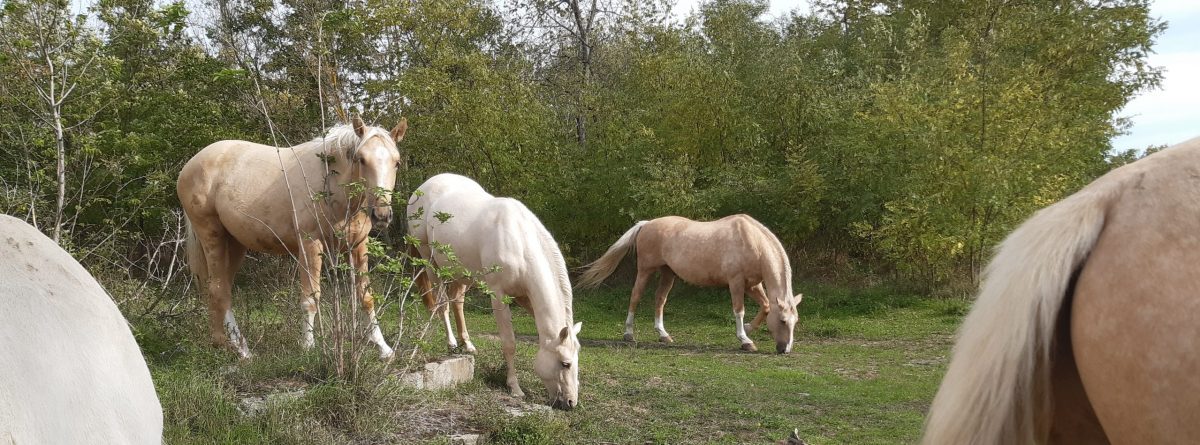Today I thought I’d go over some facts about leather.
Several people have asked me how to know that it is quality or not.
It is not always so easy to see through if you have not worked with it, and even for an expert it can sometimes be difficult to determine straight away. There are so many synthetics out there today and very well made, so it can even be hard to tell if it is actually genuine leather or leather.
Why does it have to be real leather then, if synthetic is just as nice and good?
Genuine leather and leather is still much more durable than synthetic and leather and leather “breathes” so it is much more comfortable to wear whether it is bridle saddle or gloves. If you have, for example, a synthetic saddle, you should know that you can get very hot in the bottom if you ride a lot. The synthetic is synthetic and in my opinion you should not use it either for yourself or for your horse. Yes, but don’t you think about the poor animals that have to die, just because you want real skin and leather? No, the animals are slaughtered anyway because people want something to eat. I personally think it’s better to use the skins instead of going to waste.
How can you then determine whether it is quality or not?
A safe bet is to choose English or Swedish leather, you can never go wrong there.
What is it due to?
First of all, the animals were raised in a harsher climate, with a lot of rain and snow, and therefore from birth have a more durable solid skin to protect themselves. If you take, for example, a buffalo hide, which many believe is a sign of quality (advertised), it has lived a life in warmer climates and therefore has both thinner skin and porosity to be able to sweat and ventilate the body.
If you buy, for example, a bridle or a saddle from India, you can be sure that the leather is dry and it is simply not possible to lubricate it smoothly. It will crack and break in no time. It can be difficult to see the difference when you have so much you can paint on and make it look “real”, but if you are used to it, you will feel it right away. You should feel it. If it is flexible and smooth, it is almost certainly good quality.
You can also see and notice it in the price, because compare a saddle from India and from England, and the English one probably costs twice as much.
It is better to buy good used than new and cheap!
A lot can also depend on the tanning, and they are very good at that in Sweden and England.
So ask in your store what the country of origin is for the goods, then you have at least taken a step on the way.


